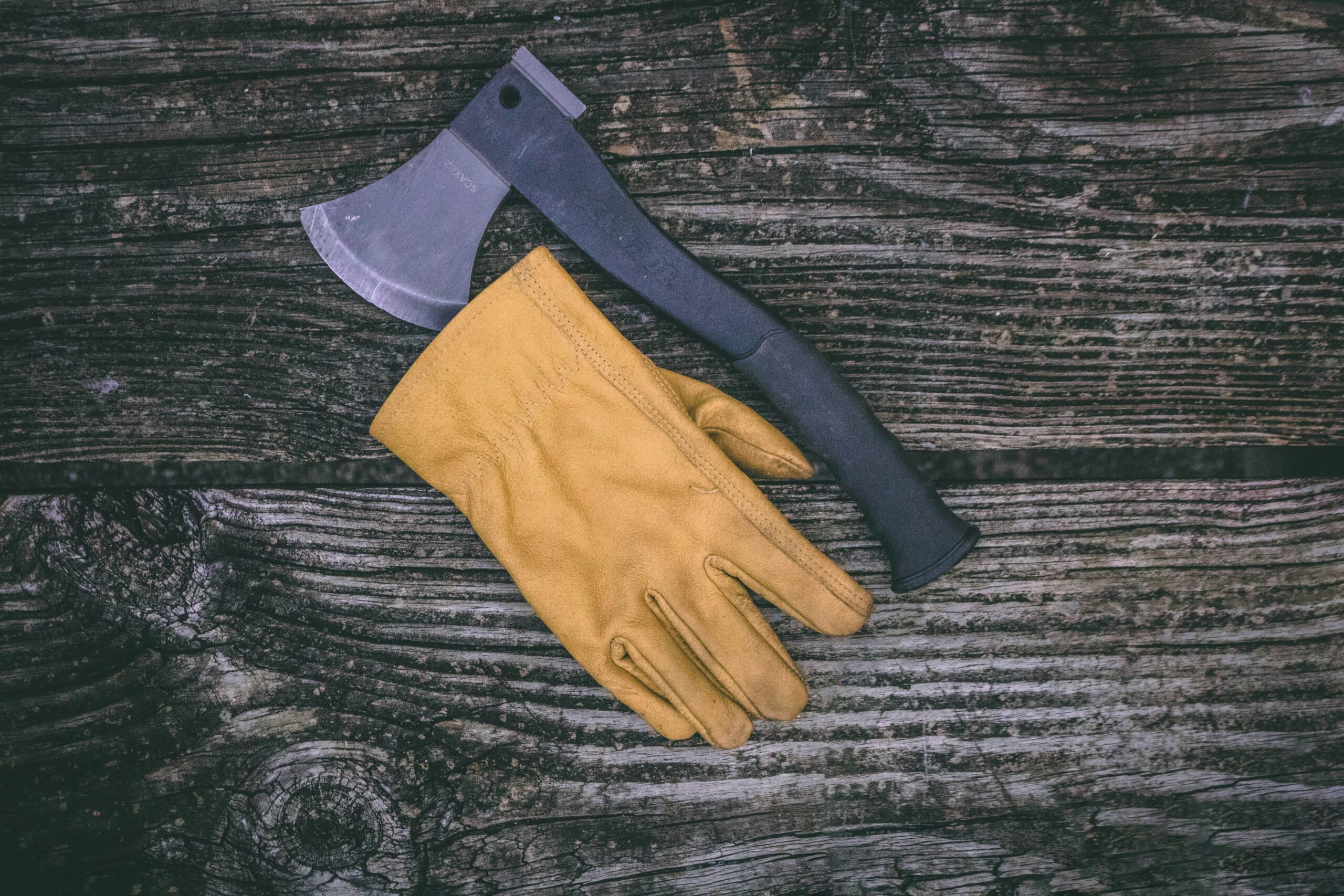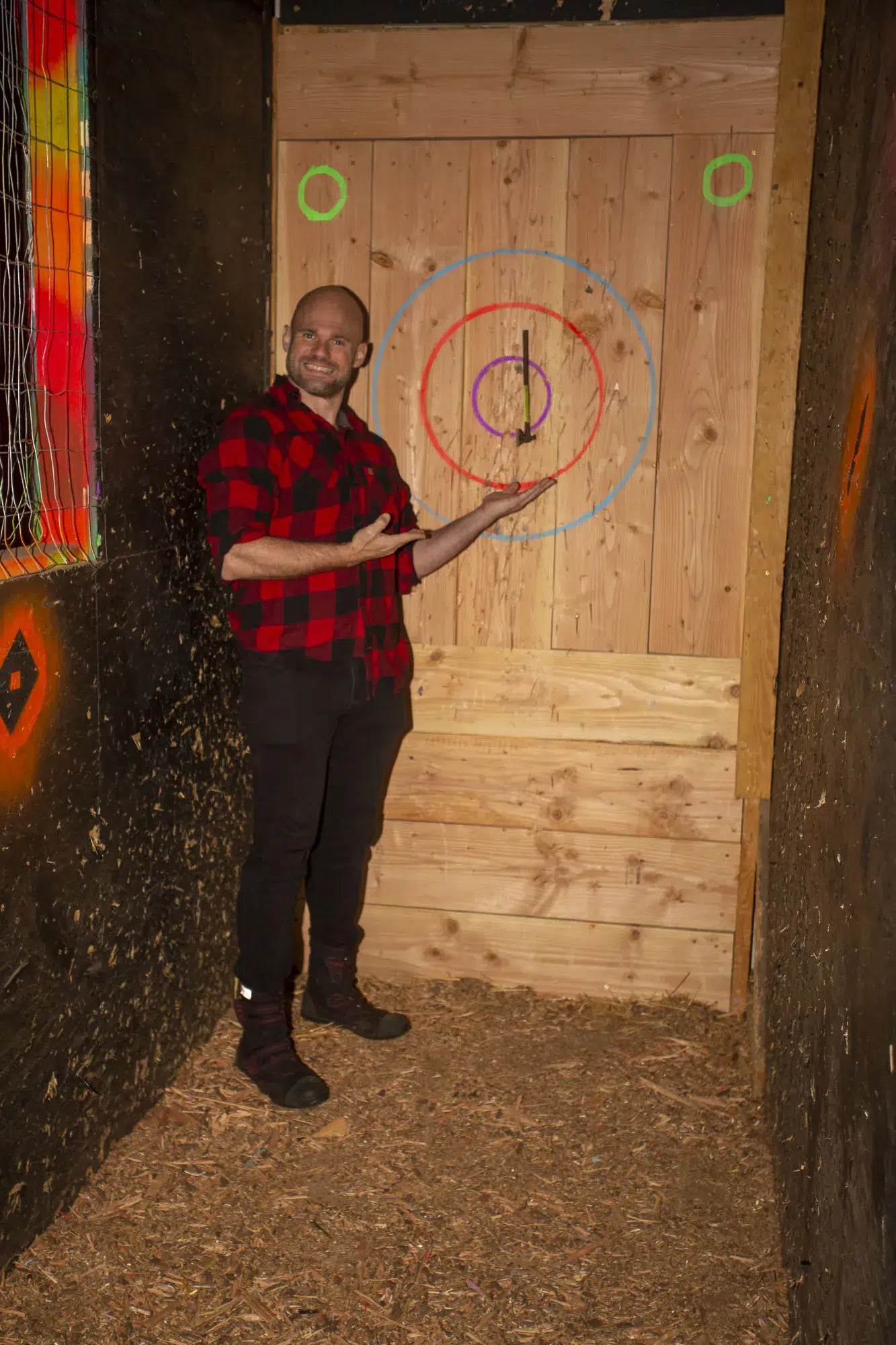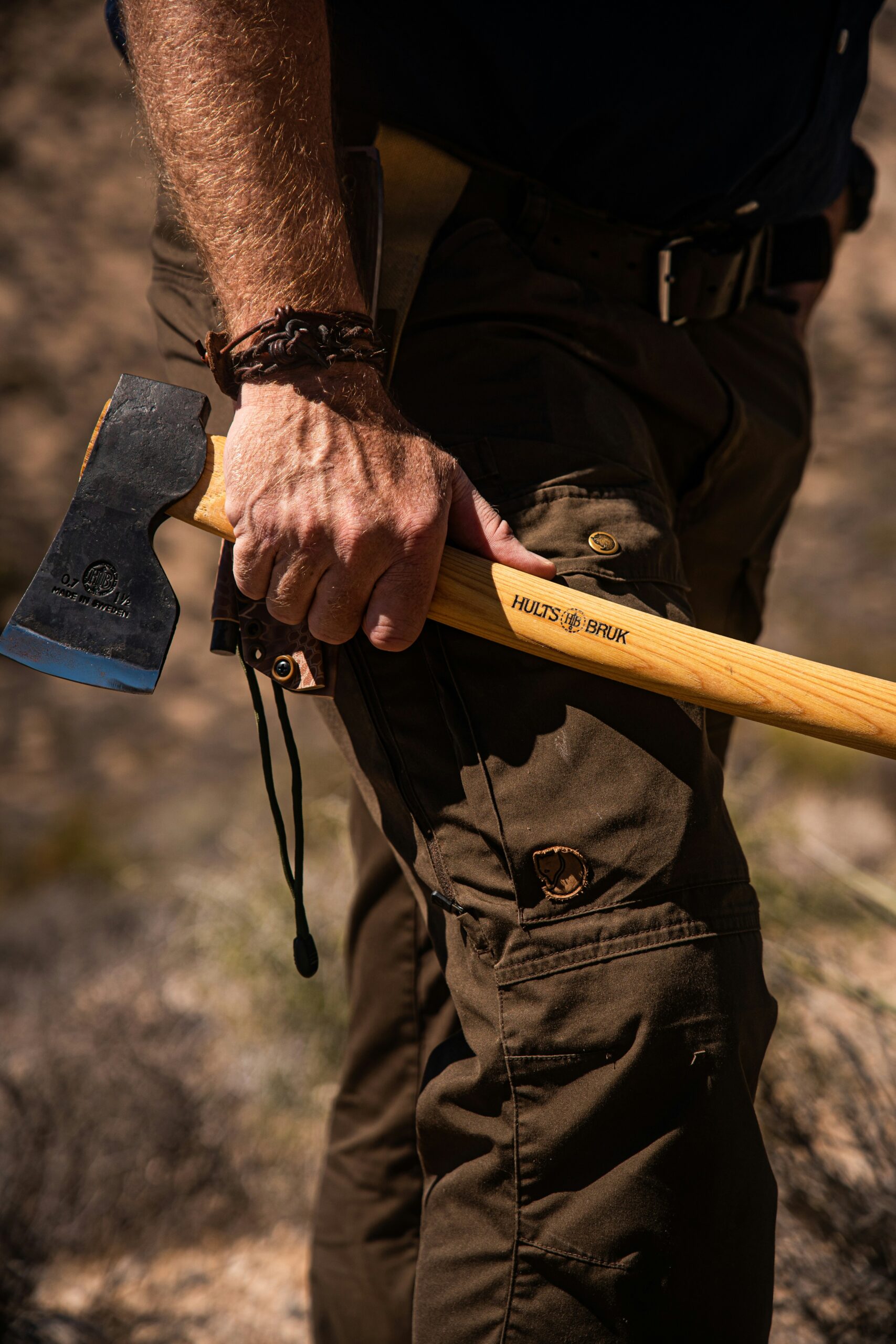Axe throwing is an exciting and engaging activity, but prioritizing axe throwing safety rules is essential for a secure and enjoyable experience. This guide highlights the importance of using proper safety gear, following key safety rules, and maintaining a controlled throwing environment. By adhering to these guidelines, you can minimize risks, boost confidence, and fully enjoy the thrill of the sport. Many enthusiasts tend to overlook simple yet crucial practices, which can lead to avoidable accidents. This article aims to address those concerns and ensure a safer and more enjoyable axe throwing session.
Key Takeaways
- Safety gear, like goggles and closed-toe shoes, is essential for axe throwing safety
- Participants must wait for a clear signal before retrieving thrown axes from the lane
- Maintaining a safe distance from the throwing area helps prevent injuries during competitions
- Regular lane inspections for hazards ensure a secure environment for all axe throwers
- Clear communication among participants fosters a positive and safe throwing experience
Understanding the Importance of Safety Rules in Axe Throwing

Safety is a critical aspect of axe throwing, especially during competitive events. Recognizing and addressing common hazards is essential to preventing injuries and creating a secure environment for participants. By following axe throwing safety rules and using proper gear, enthusiasts can fully enjoy the sport while minimizing risks. This section highlights essential safety practices, the importance of appropriate equipment, and the role of preparedness, such as first aid, in ensuring a safe and enjoyable experience.
The Role of Safety in Axe Throwing Competitions
Safety plays a vital role in axe throwing competitions as it helps reduce the risk of accidents and injuries. Organizations often require participants to sign a waiver, acknowledging the hazards associated with the sport. By focusing on emergency preparedness and following safety rules, axe throwing enthusiasts can create a secure environment where they enjoy the activity while minimizing potential injuries.
Common Risks Associated With Axe Throwing
Axe throwing comes with certain risks that enthusiasts must recognize to ensure their safety. One of the main concerns is the potential for injury from flying axes, which can cause harm if proper safety regulations are not followed. Occupational safety and health practices guide axe throwers in creating a secure environment, emphasizing the importance of clear safety rules and proper gear to minimize accidents and enhance the overall experience.
The Benefits of Following Safety Guidelines
Following safety guidelines in axe throwing provides numerous benefits for all participants. These rules help create a safer environment by significantly reducing the chances of accidents and injuries while ensuring that everyone can enjoy themselves without fear. Training and awareness of safety measures not only increase confidence among axe throwers but also encourage responsible behavior, making the sport enjoyable for everyone involved.
Essential Safety Gear for Axe Throwing

Proper safety gear is crucial for axe throwing enthusiasts. Recommended protective equipment includes eyewear and gloves to shield against potential injuries. Additionally, appropriate footwear is essential, as it provides support and traction during throws. Ensuring axe throwing lane safety helps maintain a secure environment for all participants, allowing everyone to enjoy the activity confidently.
Recommended Protective Equipment
When participating in axe throwing, using recommended protective equipment is crucial for safety. Eye protection, such as safety goggles, helps shield the eyes from any stray axes or debris, while gloves provide a better grip and protect the hands during throws. Proper footwear, including closed-toe shoes with good traction, is also important to ensure stability and prevent slips while in the throwing lane:
Importance of Proper Footwear
Wearing proper footwear is essential for safety in axe throwing. Closed-toe shoes with a non-slip sole help prevent slips and falls while throwing, which can happen on both smooth and uneven surfaces. Choosing footwear that offers good grip and support allows axe throwers to focus on their technique without worrying about their footing:
- Closed-toe shoes protect feet from dropped axes.
- Non-slip soles prevent falls on slippery surfaces.
- Supportive footwear enhances stability during throws.
Ensuring Axe Throwing Lane Safety
Ensuring safety in the axe throwing lane is essential for the well-being of all participants. A properly marked and maintained lane helps prevent accidents, as it clearly defines where throwers should stand and where others should remain. Enthusiasts should regularly check the area for any hazards, such as loose debris or uneven surfaces, to create a safe throwing experience. By prioritizing lane safety, axe throwers can enjoy their practice and competitions with confidence and peace of mind.
Key Safety Rules for Axe Throwing Enthusiasts

Safety rules play an essential role in axe throwing. First, maintaining a safe distance from throwers helps prevent injuries. Second, participants must never retrieve axes until it is safe to do so. Additionally, strict supervision guidelines should always be followed. Proper axe handling techniques are important, as well as understanding and respecting boundaries. Each of these topics contributes to a safer throwing experience for everyone involved.
Always Maintain a Safe Distance
Maintaining a safe distance is crucial when participating in axe throwing. This rule helps prevent injuries caused by accidental throws and flying axes. By keeping a designated distance from the throwing lane, spectators and fellow participants can enjoy a safer environment, allowing everyone to focus on their throws without distraction or fear of injury.
Never Retrieve Axes Until Safe
One of the most important safety rules in axe throwing is to never retrieve any axes until it is completely safe to do so. Participants must always wait until all throwers have finished their throws and the area is deemed clear. This simple action helps prevent serious injuries caused by unexpected axes that may still be in motion:
- Wait for the signal that all throws are complete.
- Check the surrounding area for safety before moving.
- Communicate with others to ensure the lane is clear.
Adhere to Supervision Guidelines
Adhering to supervision guidelines is vital in axe throwing to ensure everyone’s safety. Designated supervisors should be present to monitor participants, ensuring that safety rules are followed at all times. This oversight helps create a safe atmosphere where throwers can focus on their skills while minimizing the risk of accidents:
- Supervisors ensure that all safety protocols are followed.
- They provide clear instructions to all participants.
- Proper supervision leads to a more enjoyable and secure environment.
Follow Proper Axe Handling Techniques
Following proper axe handling techniques is essential for maintaining safety during axe throwing. Participants should always grip the axe firmly with both hands and ensure their stance is stable before making a throw. Additionally, throwers must be aware of their surroundings, ensuring the area is clear of other people before throwing the axe to prevent accidents.
Preparing for a Safe Axe Throwing Experience

Preparing for a safe axe throwing experience involves several key steps. Conducting pre-session safety briefings ensures all participants are aware of the rules. Familiarizing everyone with the equipment and the environment is crucial for minimizing risks. Establishing emergency procedures helps everyone know how to respond in case of an incident. Each of these practices contributes significantly to a safer throwing experience.
Conducting Pre-Session Safety Briefings
Conducting pre-session safety briefings is essential for all axe throwing enthusiasts to ensure everyone is informed and prepared. During these briefings, participants learn about the key safety rules, the importance of protective gear, and how to handle axes properly. Engaging everyone with clear explanations not only enhances understanding but also builds a culture of safety within the group, allowing for a more enjoyable and secure throwing experience.
Familiarizing With Equipment and Environment
Familiarizing with the equipment and environment is essential for a safe axe throwing experience. Enthusiasts should closely examine axes to understand their weight and balance, ensuring they use tools suited to their skill level. Additionally, awareness of the throwing area, including the distance from targets and any potential hazards, contributes to a safer atmosphere for all participants:
Conclusion
Essential axe throwing safety rules are crucial for all enthusiasts to ensure a secure and enjoyable experience. Maintaining a safe distance, wearing proper protective gear, and respecting lane boundaries are key practices to minimize the risk of accidents. Additionally, training and education on correct axe handling and retrieval techniques help promote a culture of safety that benefits everyone. Prioritizing these rules not only enhances personal safety but also strengthens a responsible and positive axe throwing community.

